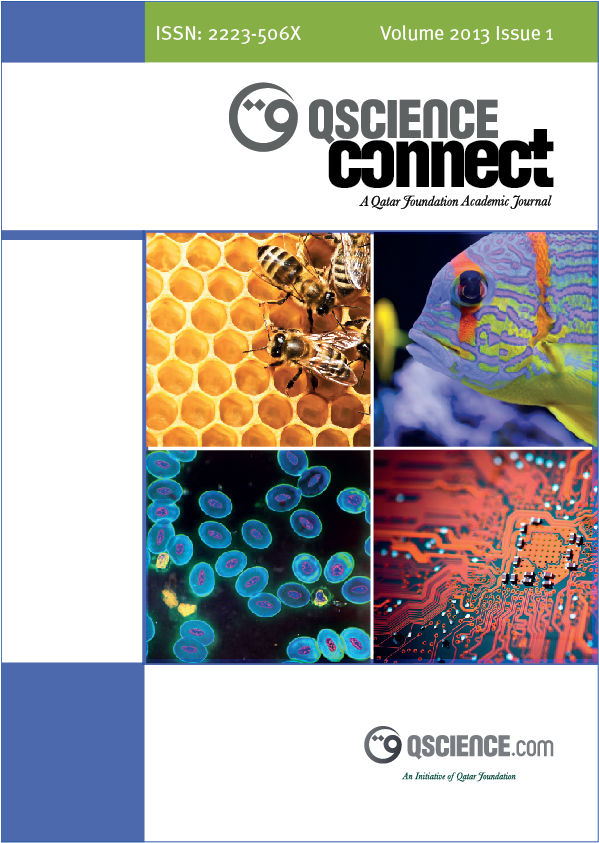Ver ítem
- xmlui.general.dspace_homeCentros e Institutos de InvestigaciónCIRN. Centro de Investigaciones de Recursos NaturalesInstituto de Clima y AguaArtículos científicosxmlui.ArtifactBrowser.ItemViewer.trail
- Inicio
- Centros e Institutos de Investigación
- CIRN. Centro de Investigaciones de Recursos Naturales
- Instituto de Clima y Agua
- Artículos científicos
- Ver ítem
Developing an agro-climatic zoning model to determine potential growing areas for Camelina sativa
Resumen
The purpose of this paper was the development of an agro-climatic zoning model to determine
potential growing areas for Camelina sativa in Argentina. Camelina (Camelina sativa L.) is a promising and sustainable alternative energy crop that belongs to the Brassicaceae (mustard) family. Camelina sativa oil contains around 40% fatty acids, of which only a small percentage are saturated. Camelina sativa derived biokerosene used in aviation has shown 84%
[ver mas...]
The purpose of this paper was the development of an agro-climatic zoning model to determine
potential growing areas for Camelina sativa in Argentina. Camelina (Camelina sativa L.) is a promising and sustainable alternative energy crop that belongs to the Brassicaceae (mustard) family. Camelina sativa oil contains around 40% fatty acids, of which only a small percentage are saturated. Camelina sativa derived biokerosene used in aviation has shown 84% reduction in greenhouse gas emissions during its life cycle, compared to petroleum kerosene. It has the
potential of becoming the renewable fuel of choice for air navigation in the future. Agro-climatology is a valuable tool in the identification of agro-climates with favorable conditions for the introduction of new crops. Agro-climatic zoning permits identifying areas with different potential yields, as per their environmental conditions. It was necessary to evaluate the requirements, limits and bio-meteorological tolerance and conditions for these species, taking into account the climatological
characteristics of native areas and regions for their successful cultivation around the world. In order to define this crop’s agroclimatic aptitude in Argentina, climatic data was analyzed from meteorological stations, corresponding to the period 1981-2010.
Finally, Camelina’s potential growing areas were obtained with 5 differentiated suitability classes.
Based on international bibliography, the authors outlined an agro-climatic zoning model to
determine potential growing areas in Argentina for Camelina sativa. This model may be applied to any
part of the world, using the agroclimatic limits presented in this paper. This is an innovative work, made by the implementation of a Geographic Information System that can be updated by the further incorporation of complementary information, with the consequent improvement of the original
database
[Cerrar]

Autor
Falasca, Silvia Viviana;
Miranda del Fresno, María Carolina;
Waldman, Cynthia Paula;
Fuente
Qscience connect, no. 4 (2014)
Fecha
2014
ISSN
2223-506X
Formato
pdf
Tipo de documento
artículo
Palabras Claves
Derechos de acceso
Abierto
 Excepto donde se diga explicitamente, este item se publica bajo la siguiente descripción: Creative Commons Attribution-NonCommercial-ShareAlike 2.5 Unported (CC BY-NC-SA 2.5)
Excepto donde se diga explicitamente, este item se publica bajo la siguiente descripción: Creative Commons Attribution-NonCommercial-ShareAlike 2.5 Unported (CC BY-NC-SA 2.5)


